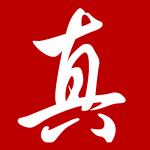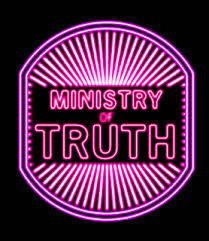This series is a month-by-month recap of censorship instructions issued to the media by government authorities in 2017, and then leaked and distributed online. The names of issuing bodies have been omitted to protect sources.
September brought the 19th Party Congress, marking the end of Xi Jinping’s first five-year term as General Secretary, a long-anticipated consolidation of Xi’s personal power, and a sweeping shift among the other members of the Politburo Standing Committee. Xi’s enshrinement in the Party constitution and lack of a clearly designated successor suggest significant erosion of the putative norms governing elite politics in the post-Mao era, making the Congress even more than usually politically sensitive. A three-point directive issued on September 10 sought to keep the flood of news coverage in line:
- Do not spread or give credence to rumors.
- News releases on the 19th Party Congress must use Xinhua wire copy as the standard.
- Any interviews with experts or scholars must be approved by work unit leadership and the Central Propaganda Department. [Source]
CDT has published a number of directives surrounding other major political meetings such as the 18th Party Congress in 2012 and the 2016 Two Sessions.
Two other directives in September imposed media controls on persistent political flashpoints. Following North Korea’s successful test of a fusion warhead, sites were ordered to close comments on related news and “not hype related topics.” Throughout the year, Beijing has found itself caught between unpredictable and frequently antagonistic leaders in Pyongyang and Washington D.C., and appears to have no intention of allowing enflamed domestic public opinion to become a further complicating factor.
Similarly, while deploying groundbreakingly intense policing and surveillance measures in the predominantly Muslim region of Xinjiang, labeling unrest there as jihadist violence in what appears to have become a self-fulfilling prophecy, authorities have often (though not always) clamped down on public Islamophobia. Avoiding agitation of these tensions was the likely aim of a city-level directive issued after a scuffle between a toll booth worker and a Hui Muslim imam sparked riots in Tangshan. “According to the leaders’ requirements, no one is allowed to spread articles, photos, or video of the conflict at the 205 National Road East exit toll station,” it read. “If found, [such posts] will be dealt with severely. Please reply upon receipt.”
 Since directives are sometimes communicated orally to journalists and editors, who then leak them online, the wording published here may not be exact. Some instructions are issued by local authorities or to specific sectors, and may not apply universally across China. The date given may indicate when the directive was leaked, rather than when it was issued. CDT does its utmost to verify dates and wording, but also takes precautions to protect the source. See CDT’s collection of Directives from the Ministry of Truth since 2011.
Since directives are sometimes communicated orally to journalists and editors, who then leak them online, the wording published here may not be exact. Some instructions are issued by local authorities or to specific sectors, and may not apply universally across China. The date given may indicate when the directive was leaked, rather than when it was issued. CDT does its utmost to verify dates and wording, but also takes precautions to protect the source. See CDT’s collection of Directives from the Ministry of Truth since 2011.







